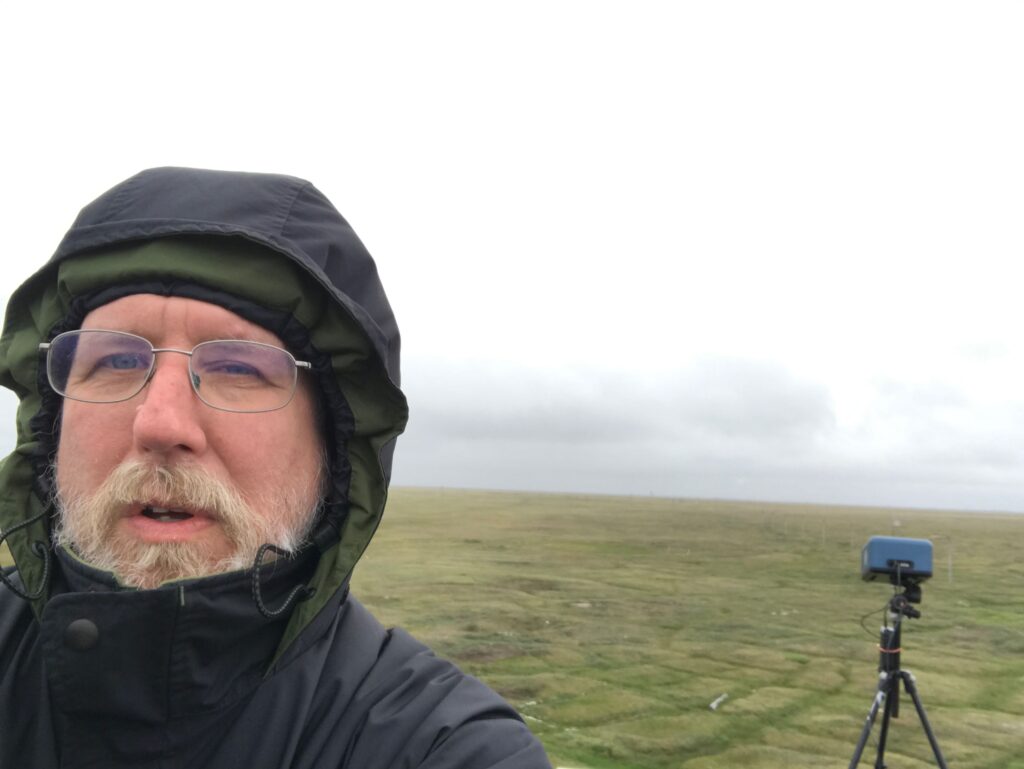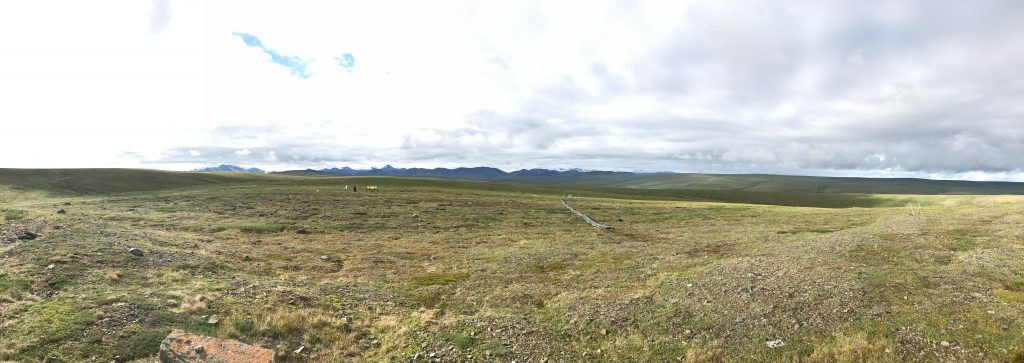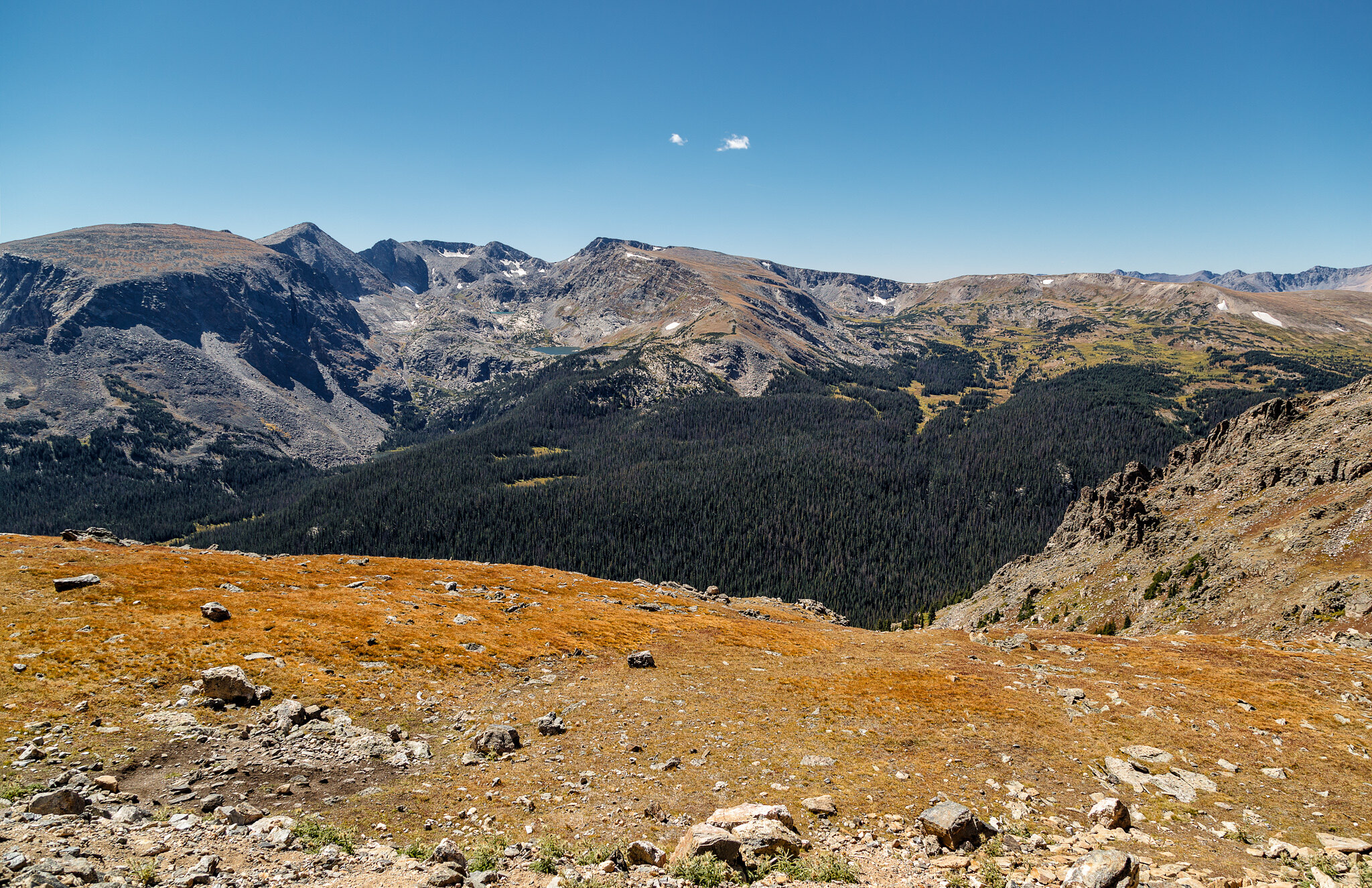The Arctic climate is changing, and it’s important to understand how. But scientists may be consistently misinterpreting a common metric used to determine how Arctic ecosystems are shifting in response to climate change. A new paper in Ecological Applications by Fred Huemmrich, research scientist at UMBC’s Joint Center for Earth Systems Technology, shows that researchers may not appreciate the limitations of the Normalized Difference Vegetation Index (NDVI), leading to inaccurate interpretations, and likely an overall underestimate, of Arctic change.
NDVI is “one of the clearest indicators we have of ecological change related to climate change in tundra and boreal forest regions,” Huemmrich says. And yet, “there are limitations to what NDVI can tell us about ecological change.”
Dead or alive?
One of NDVI’s main advantages is that it can be determined using data collected by satellites. That’s particularly beneficial for Arctic research, because collecting data on the ground is difficult in remote areas and harsh conditions.
By looking at light reflected from the surface, NDVI can tell you how much of the surface is covered with plants versus non-living substances like rocks and ice. Plants absorb a lot of visible light (for photosynthesis), but still reflect infrared light. Non-living substances reflect about the same amount of infrared and visible light.
So, “NDVI highlights the difference between reflectance in visible light and the infrared,” Huemmrich explains. “And if it’s small, you’re looking at things that aren’t green. And if it’s big, you’re looking at things that are green. That’s it. And it works.”

The wrong question
But there’s a catch. Based on Huemmirch’s research, NDVI “saturates” at higher levels of plant cover. So, while NDVI is excellent at reporting a change from 20 percent to 40 percent plant cover, it may not show a change from 70 percent to 90 percent plant cover. It also may not show changes from one type of plant cover to another, such as from a scrub landscape to a woodland, if the total plant cover remains the same.
Many studies have not accounted for these limitations, Huemmrich says, leading researchers to ask questions about why ecosystems in certain regions of the Arctic are responding differently to similar levels of climate change. To Huemmrich, that’s the wrong question.
“To me, it suggests that there very well may be more ecological change going on at high latitudes than we are perceiving, if we’re leaning on NDVI as the metric we’re using to detect these changes,” Huemmrich says.
Time to reevaluate
As a graduate student in the 1990s, Huemmrich studied NDVI. However, “I never dreamed that 25 years later, people would still be using NDVI.” Yet, seeing how today’s climate scientists still rely heavily on NDVI, and may not consider its limitations, concerned him and drove him to publish his latest paper.
Huemmrich believes many analyses may need to be reconsidered based on his publication. For example, at the transition between tundra and forest, NDVI has shown little change. However, “It’s not that things aren’t changing at the tree line,” Huemmrich says, “it’s just that NDVI isn’t very sensitive to those changes. So what’s happening at the tree line probably needs to be reevaluated.”
Because NDVI works well in some situations and poorly in others, “What you really need to do is know what your starting point is for this change,” he says. If the ecosystem under study begins below 50 percent plant cover, NDVI could be very helpful. But if total plant cover is already above 50 percent, NDVI may not be the most useful metric.

Crucial changes
Huemmrich is an investigator on NASA’s Arctic-Boreal Vulnerability Experiment (ABoVE), which looks at ecosystem change at high latitudes. His project specifically is investigating Arctic “greening” (an increase in plant cover over time), which is heavily reliant on metrics like NDVI. With about 300 leading investigators, and over 1,000 people involved in ABoVE overall, it’s critical that these researchers understand when it’s useful to apply metrics like NDVI, and when to use other metrics.
The Arctic is changing. Those changes affect local wildlife populations and the Indigenous communities that often rely on them. Arctic climate change also affects major environmental shifts around the world, from rising seas to global wind patterns. Using the right metrics in the right way to study these ecosystems is crucial to understanding Arctic climate, Huemmerich notes, because that understanding can affect policy to protect the planet.
Header image: Boreal forest meets the alpine tundra ecosystem in Rocky Mountain National Park. Photo by Tim Lumley, used under CC BY-NC-ND 2.0.

